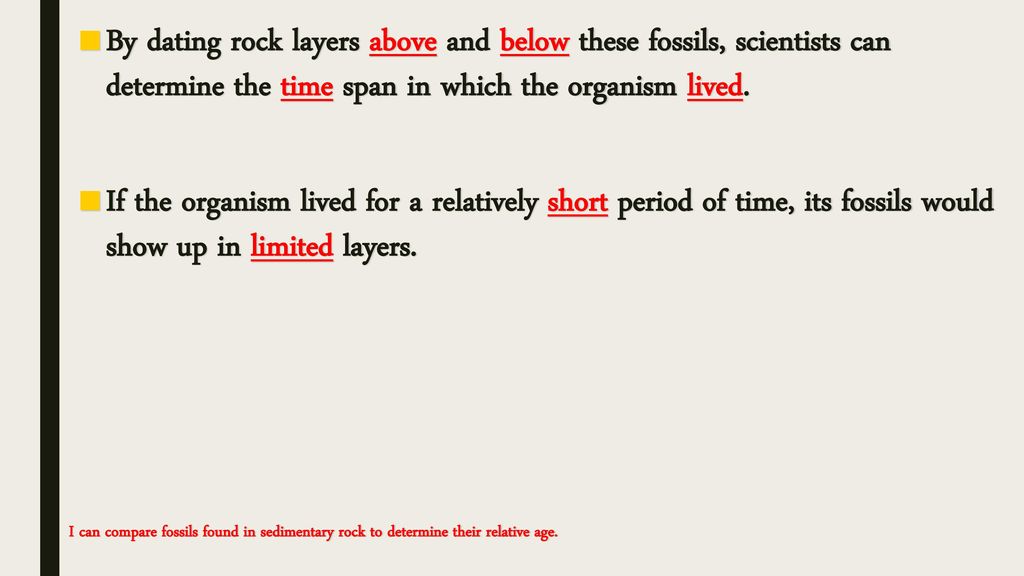Online Dating Sites
Main-stream impression of romantic relationship initiation hinged upon a person’s potential encounters together with other unmarried people in their geographical distance (e.g., fulfilling some one at the job, a personal engagement, or grocery store), or introductions from members of his/her myspace and facebook (age.g., are create by a pal or a close relative). Online dating sites get rid from all of these events by providing those with a€?increased information regarding a wider share of potential lovers than usually obtainable in personal encountersa€? (Heino, Ellison, & Gibbs, 2010 , p. 428). As a result, online dating sites were a convenient method for solitary grownups to strategically locate others who are looking for an enchanting union.
Finkel and co-workers ( 2012 ) recap that online dating services incorporate consumers with three crucial providers: 1) unprecedented access to possible matchmaking lovers, 2) the capability to speak utilizing mediated channel before deciding to meet FtF, and 3) the option of being matched up utilizing enchanting compatibility algorithms
Web sites differ from inside the particular techniques by which they attempt to enable these services. Internet sites instance Match and PlentyOfFish, in contrast, enable customers to find through an entire database of individual profiles without the limitations of being compatible formulas. Regardless of the specific matching techniques, the websites generally require customers to create a profile by giving textual and photo signals that communicate information that is personal (elizabeth.g., level, body type, get older, career, etc.), and diagnose the traits they desire in a prospective spouse. The visibility functions as an essential first feeling for daters who are hoping to bring in possible couples (Heino et al., 2010 ). Consequently, the majority of online dating research has centered on knowing problems of self-presentation and misrepresentation during development and understanding of pages (Ellison et al., 2011 ; Toma & Hancock, 2011 ).
The hyperpersonal attitude (Walther, 1996 ) is generally employed to look at self-presentation and perception creation in mediated correspondence contexts. The attitude implies that internet based communicators have the ability to utilize the asynchronous and anonymonous nature of mediated telecommunications to create messages that portray discerning, and frequently excessively positive, self-presentation (Walther, 2007 ). As a result, communicators are inclined to creating hyperpersonal connections that echo increasing intimacy relative to FtF communicators. Although not developed because of this perspective at heart, the attitude provides probably crucial clues concerning the role of self-presentation and self-disclosure in internet dating. Eg, current research show the seen anonymity of online dating may lead daters to show an accelerated rates of self-disclosure relative to FtF couples (Wang & Chang, 2010 ; Wang & Lu, 2007 ). On line daters usually utilize visibility labels or first names only, which gives a sense of disconnection (and safety) off their offline identity  . This sense of privacy might trigger consumers to express more information than they would if socializing in off-line industry.
. This sense of privacy might trigger consumers to express more information than they would if socializing in off-line industry.
Besides exposing a lot more personal data, on line daters usually show idealized models of the selves by revealing socially attractive aspects of their character, while strategically omitting their less favorable features (Hancock & Toma, 2009 ). Self-presentation always requires a degree of perceptual subjectivity because people regard situations in many ways that mirror their particular encounters and reasons (Leary & Kowalski, 1990 ). Having said that, online dating services facilitate even greater quantities of perceptual ambiguity because individuals must incorporate text and photo-based telecommunications to explain elements of their unique character that would be easily evident during the off-line community (Ellison et al., 2011 ). This is why, daters often show their particular identities tend to be rather malleable; they’re able to pick and choose which areas of their unique last, current, or ideal upcoming selves to show on the visibility. Players in Ellison et al.’s ( 2011 ) research reasoned it was appropriate to omit or exaggerate details a€?as longer while the difference wasn’t also considerable while the future self got inside the realm of possibilitya€? (p. 52). Certainly, the writers concluded that the users act as a promise, for example daters run under good faith that FtF activities don’t display big variations from your profile.

